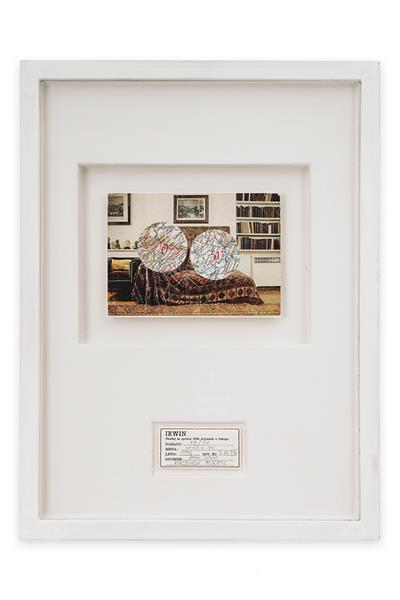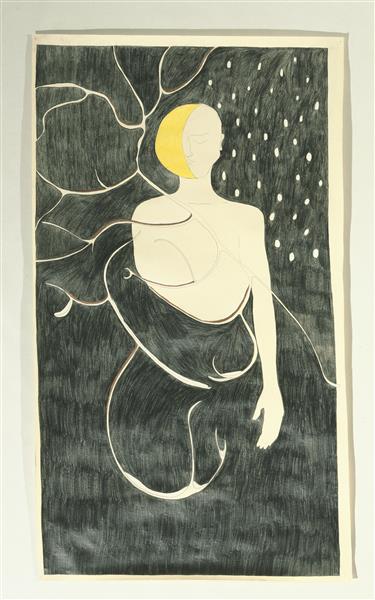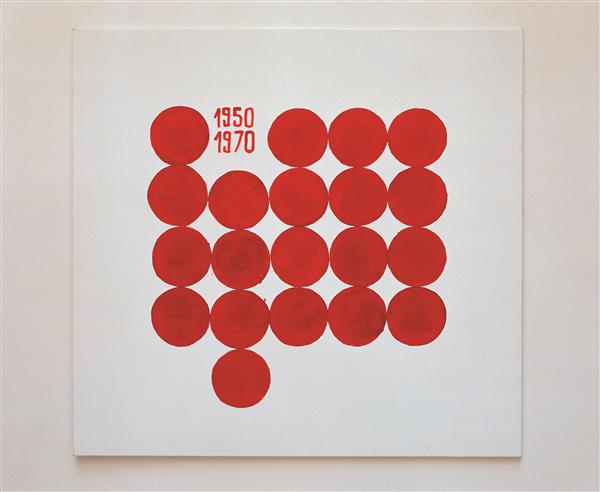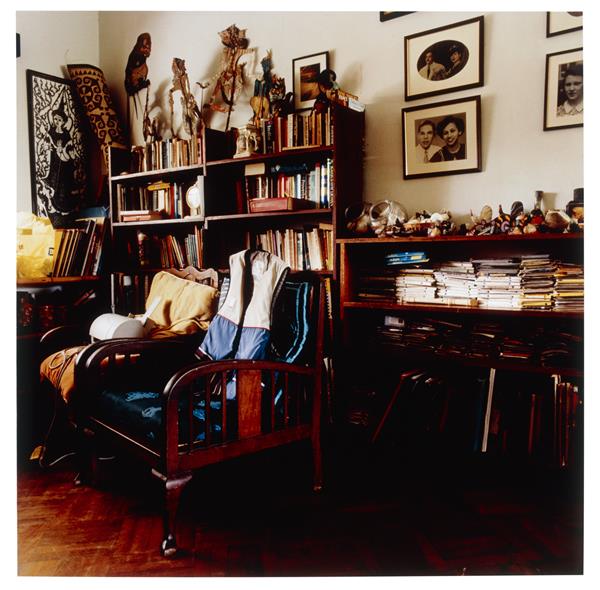49/51 (from series: "Readymade Europe")
IRWIN
Collage
40 × 30 × 4 cm
Acquisition 2024
Inv. No. 0469
Als das slowenische Malerkollektiv IRWIN (Dušan Mandič, Miran Mohar, Andrej Savski, Roman Uranjek (†) und Borut Vogelnik) 1983 in der – damals – Sozialistischen Föderativen Republik Jugoslawien gegründet wurde, waren die Mitglieder gerade einmal in ihren Twenties. Sie kamen aus der Punk- und Graffiti-Szene Ljubljanas. Zusammen mit der Band Laibach, dem Theater der Schwestern Scipion Nasice und der Designabteilung Novi Kolektivizem (NK) wird IRWIN zur Hauptgruppe des interdisziplinären Künstlerkollektivs Neue Slowenische Kunst (NSK) und ist seither fixer Bestandteil der internationalen Avantgarden. Es entstand ein hochkomplexes Werk aus Ausstellungen, Performances, Installationen und Tableaus Vivants, aus Manifesten, Programmen, theoretischen Texten und hunderten Werken, die Antworten auf die Frage „Was ist Kunst?“ geben.
Ikonische Werke des Kollektivs wie die Performance Black Square on Red Square, eine 22 x 22 m messende Hommage an Kasimir Malewitsch am Moskauer Roten Platz von 1992, wie auch die gerade einmal 40 x 30 cm Zentimeter große, raffinierte Collage Freud’s Room (Instant Europe) der evn sammlung behandeln IRWINs zentrale Themen: Zeit, Territorium, Staat und Grenze. Die Methode ihrer ästhetisch-geschichtlich orientierten Arbeitsweise ist das „Retro-Prinzip“, ein konzeptueller Vorgang auf der Basis von Appropriation – also Aneignung –, Modifikation und Kombination bereits existierender Kunstwerke: Die Montagen bestehen aus einem Pastiche von Zitaten der Kunstgeschichte der „westlichen“, internationalen Moderne, des Agitprop und sozialistischen Realismus, der Avantgarden Russlands und Südosteuropas, von Motiven totalitärer Systeme und dem Fundus des Lokalen.
Die Elemente von Freud’s Room (Instant Europe) sind ein Foto der originalen Wiener Behandlungscouch des Begründers der Psychoanalyse im Londoner Freud Museum, der ehemaligen Wohnstätte der geflüchteten Familie, dazu Bilder und Bücher aus dem Hausrat sowie Landkarten von Gebieten des ehemaligen Jugoslawiens. IRWIN setzt sie ein, um auf den damals herrschenden bewaffneten Konflikt zwischen Bosnien und Herzegowina hinzuweisen, der 1995, als die Collage entstand, mit dem Friedensabkommen von Dayton nominell beendet wurde. Die hinzugefügten Ziffern 49 und 51 stehen für das Kräfteverhältnis, das die Aufteilung der Gebiete zwischen dem kroatisch-bosnischen Teil (51%) und den 49% der Republika Srbska bestimmte.
Seitlich klebt eine Inventar-Etikette, die besagt, dass es sich bei der Collage um einen Entwurf für die Ausstattung der NSK-Botschaft in Peking handelt. Die Geschichte des NSK-Staats beginnt im Jahr 1992. Das Kollektiv Neue Slowenische Kunst erklärt sich zum Staat in der Zeit, ohne Grenzen, ohne Territorium, zum abstrakten Organismus und suprematistischen Körper. In temporär eröffneten Botschaften, Konsulaten und Passbüros konnten Freund*innen und Unterstützer*innen des Kollektivs Reisepässe erhalten und, wie auch die Autorin dieser Zeilen, zu stolzen Bürger*innen des NSK-Staats werden.
Neben dem reinen Symbolcharakter war der NSK-Staat Anlass und Bühne internationaler Projekte der IRWIN Gruppe, etwa NSK Embassy Moscow (1992) oder Transnacionala – Eine Reise vom Osten in den Westen (1996). Heute gehört die Gruppe IRWIN zu den letzten noch tätigen Gruppen von NSK. Eine prächtige Retrospektive auf ihr Werk war kürzlich in der Galerie Gregor Podnar in Wien zu sehen. Geography of Times feierte 40 Jahre unermüdliche „subversive Affirmation“ von Laibach über Venedig, London und Wien bis Taipei und New York.
Brigitte Huck



